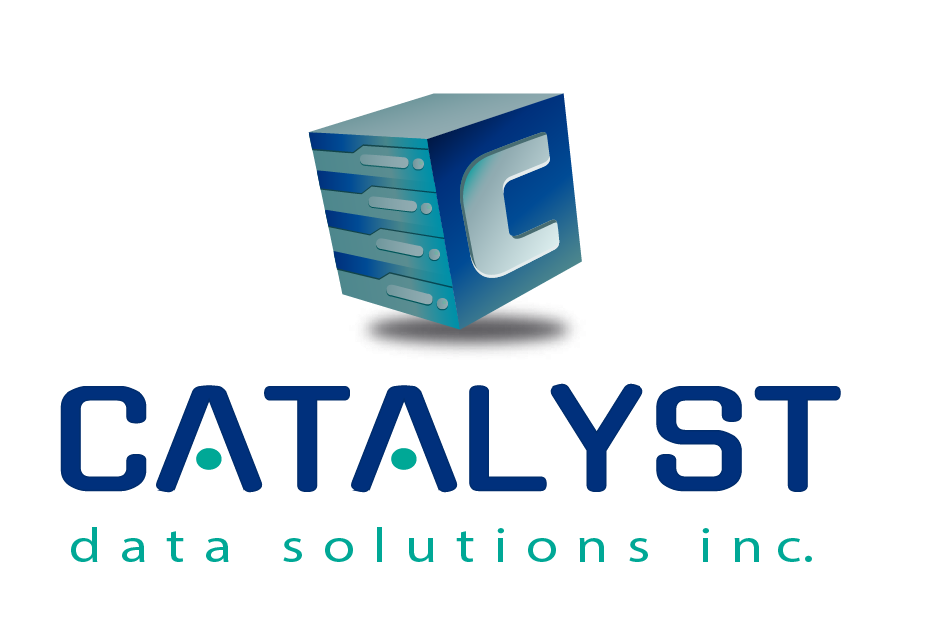2024 US Presidential Election & The Effects On The IT Landscape And global Economy
VP Kamala Harris & Former President Donald Trump
The 2024 U.S. presidential election arrives at a time when American politics are highly polarized, with the nation deeply divided over key issues such as economic policy, international relations, technology regulation, and environmental responsibility. This division has set the stage for a consequential election between Vice President Kamala Harris and former President Donald Trump, two candidates with contrasting visions for America’s future. Their policy differences reflect wider ideological splits that will have lasting impacts, particularly in the information technology (IT) sector, where regulation, cybersecurity, international tech relations, internet accessibility, and green technology policies are crucial. Depending on the election’s outcome, businesses and the global economy could face significantly different landscapes, with varied implications for innovation, security, and sustainability.
Catalyst Blogs - The obstacle is the way
Real-world perspective and unbiased, vendor agnostic solutions, to help you execute technology strategies that drive business value
Bandwidth Consumption and Machine Learning
In today's hyper-connected world, the advent of artificial intelligence (AI) and machine learning (ML) has transformed industries, reshaped businesses, and revolutionized the way we interact with technology. These advancements, while groundbreaking, come with their own set of challenges. One of the most pressing issues is the need for increased bandwidth to support the exponential growth of AI and ML applications.


The Industrialization of AI: Unpacking the Influence of Big Tech and Cloud Infrastructure
Artificial Intelligence (AI) has been hailed as one of the most transformative technologies of the 21st century, with the potential to reshape industries and redefine societal norms.
Recent Impact
Latest Disruption
The ILA Gulf Coast Ports Strike: Impacts on the Technology Hardware Supply Chain
In recent weeks, the International Longshoremen's Association (ILA) strike at Gulf Coast ports has sent ripples through the global supply chain, particularly affecting the technology hardware sector. With Gulf Coast ports handling significant volumes of cargo crucial for the electronics industry, the strike highlights the vulnerabilities of modern logistics networks and the potential consequences for tech companies and consumers.
The Strike and Its Context:
The ILA strike involves workers at various Gulf Coast ports, including major hubs in Houston, New Orleans, and Mobile. These ports serve as essential gateways for the import and export of goods across North America, handling a substantial percentage of the total volume of products arriving from Asia and Europe. The dispute centers around issues such as wage negotiations, safety conditions, and the push for improved job security amid the automation of port activities.
The labor disruption has caused delays and congestion, with ships rerouting or anchoring offshore for extended periods. Though the strike has yet to reach the scale of some previous labor actions on the West Coast, its effects are starting to cascade through the supply chain—particularly in industries that rely on just-in-time inventory.

